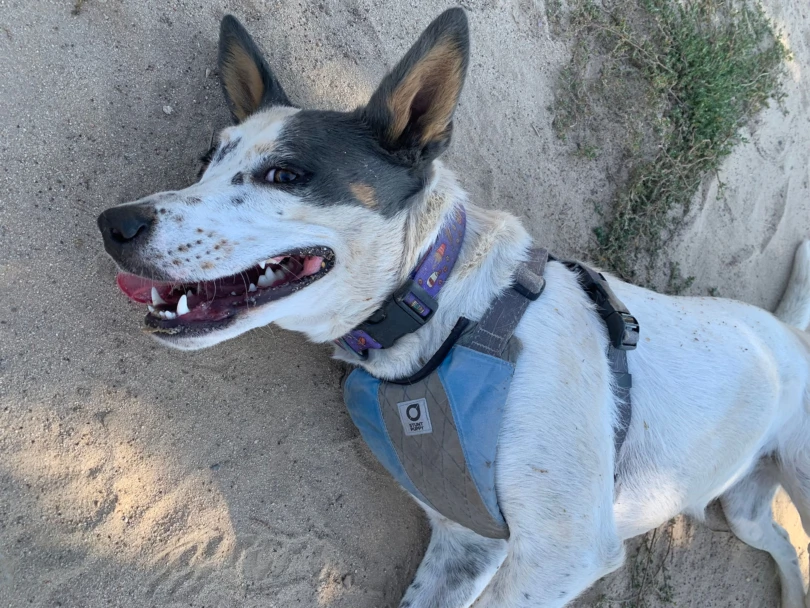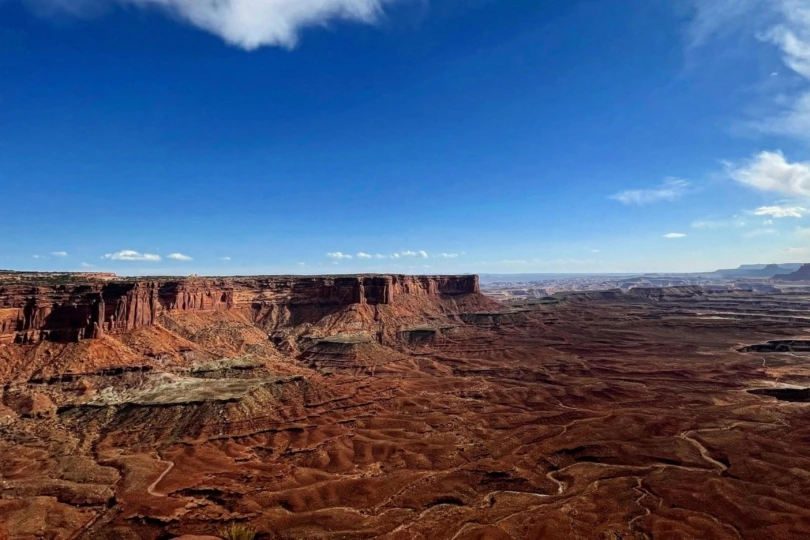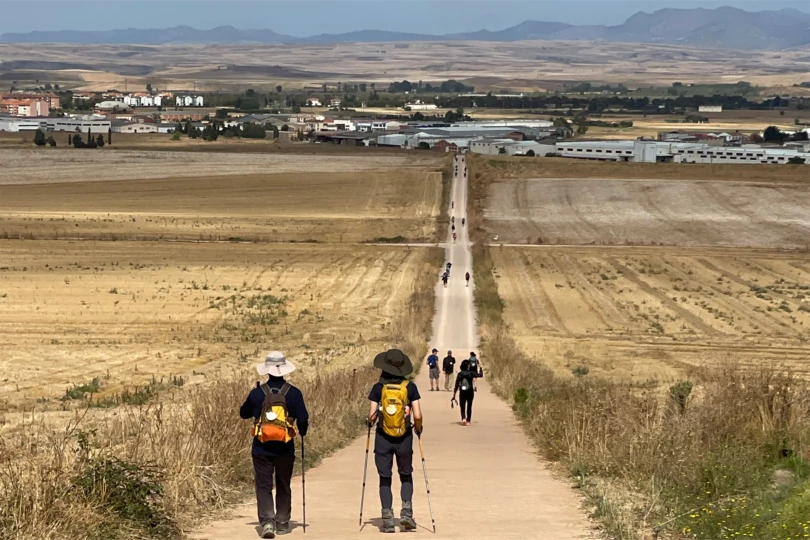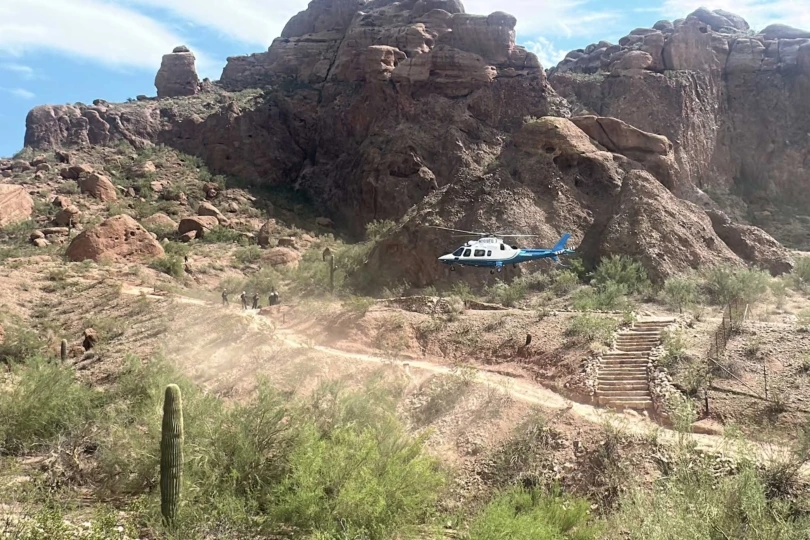After running thousands of collective miles with dogs over the years, we learned these tips to get the most out of training with a pooch leashed at your side.
Editor’s note: This article was originally published in 2011; here, we update it for 2019. Rodney has since passed away, a running partner to be remembered forever.
My dog, Rodney, turns 9 years old this spring. In “dog years,” this makes him an old man. But Rodney, who is a Weimaraner and weighs about 100 pounds, is fit and fast, healthy for the most part, and still able to run for miles without a break.
As a runner, Rodney has been my main training partner for years. Since 2003 — when he was a pup and I was a budding marathoner — the dog and I have run side by side collectively for thousands of miles and on harsh training days up to 2 hours straight.

I’ve learned a few things along the way. For this list, paired with my experience, we learned a great deal from Paws in Motion, a dog running service in Los Angeles. Its goal is to satisfy the dog’s physical, instinctual, and emotional need to run fast, breathe deep, and stretch his or her legs. Paws in Motion’s team is composed of dedicated ultrarunners and dog-lovers alike. The founder, Matt Seng, runs 50-75 miles per week, all with dogs.
From these combined experiences, I offer 10 rules for running with your dog.
1. Get Your Dog in Shape
Don’t expect to go on burner 10-mile trail runs as soon as you get your dog. Dedicate shorter miles initially to training your dog for all the subtleties of the trail. Get the dog to think it’s an active participant in the run by not pushing outside its comfort zone and running too fast or long. Eventually, the dog will learn how you operate when running and develop its own pacing.
2. Sniff in Moderation
Dogs instinctually sniff along walks as a method to know the way home. They pee and sniff for comfort and security of knowing the way back. (You’ll notice them run faster on the way home because they know the way!) However, on the run, the primary activity is, well, running. You want to keep your pace and maintain a steady rhythm.
To do this, ease your dog into sniffing less by allowing them to sniff at the beginning of the run, and then less so throughout the run. Plan for wide paths to run on, and run in the middle so less foliage can distract and pull the dog. Gradually, your dog will get used to sniffing (and stopping) less when on runs.
3. Practice Positivity!
Long gone are the days of dominant dog training. The practice of control through negative encouragement makes dogs act out of fear, not comfort. You can still teach your dog to heel and observe your pace, starts, stops, and commands, but through positive encouragement and patience.
Bring treats along to reward good behavior. If you find the dog is leading too much, simply stop moving. While distracting to your run at first, your dog will gradually learn to behave, all the while remaining happy and comfortable.
4. Use a Handheld Leash and Harness
Dogs new to running are unpredictable animals. With the leash in hand, you can control, steer, and stop the dog whenever you need to. Hip-strung leashes with novice dogs can pull the runner into dangerous situations, especially with lightweight people. Rattlesnakes, mountain lions, bears, other dogs, rushing water, and cliffs all need immediate attention. A handheld leash grants you the needed control.
With a harness, your dog is able to run without obstruction. Collars can have a strangling effect and also limit how immediately you can deter your pup away from harmful obstacles. If your dog is chasing after something it should not, and a tug of the leash won’t do it, a harness will allow you to gain full control of the dog. As for choke collars, these train the dog through negative encouragement and elicit a fear-based response.
For larger, strong dogs that pull too much, a face lead (head collar) may help. Most dogs don’t love them but will get used to the device quickly and quit pulling right away. Used gently, a face lead can be a useful tool in teaching the dog good running behavior.
5. Short Leash
Your most natural running stride will be accomplished with the dog close and running at your side. My dog runs about 2 feet to my left, and he’s on a short leash that doesn’t allow him to wander. It takes some training, but most dogs can learn to run at your pace right alongside. It’s an efficient system for both runner and dog.
Retractable leashes are problematic when other dogs or people get between you and your dog. They easily wrap around dog’s legs, and the thinner the cord, the easier it is to get through skin.
6. Know Your Breed
Different breeds perform better at cooling themselves off. One example, short-snouted dogs — like pugs and bulldogs — are not as efficient at breathing and can’t cool down as well.
Larger, barrel-chested dogs — like Dobermans, German shepherds, boxers — can experience a potentially fatal condition called “dog bloat.” This occurs when a dog exercises too quickly after eating or drinking and the stomach literally turns over. The dog can die within minutes. To counter this, walk after feeding or drinking, which gives the food or drink a chance to settle.
Learn how your dog behaves while also knowing full well that other breeds may perform quite differently.
7. Check Your Dog
Save yourself a costly visit to the vet and examine your dog during and after your run for foxtails, burrs, ticks, and glass. Particularly, barbed weeds (like foxtails) work their way through the fur and eventually into the skin, getting deeper until surgery is needed. Look inside the nose, backside, paws, and sides of your dog for any foreign objects. If the terrain is really rough, put some boots on your dog’s paws.
8. Waste Issues
Running with a bag of dog poop is a bad time. I plan my running route so that Rodney can go near where there is a public garbage can. If you want to maximize your run, this is a crucial thing. Build this “strategy” into your running routes so you’re not stuck carrying a stinky bag for more than a few hundred feet.
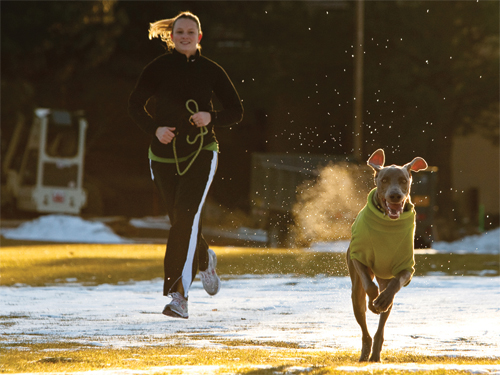
9. Hot Dogs and ‘Pupsicles’
In the winter, Rodney has a doggie “coat,” the Climate Changer Fleece Jacket from Ruffwear, that he wears on the coldest days. In summer, when temps rise to 90 degrees F or above in Minnesota, we plan at least two “mandatory swim” spots into our runs for him to cool down and drink. (There’s a creek and a lake on my neighborhood running route.)
Overall, Rodney and I run approximately the same distances year round. But we adjust our routes to acquiesce with the weather and the season.
If running near water isn’t an option for you, run your dog earlier in the morning. Also, veer toward shaded trails. If there’s too much exposure and your dog is heating up, shift the run to a hike and avoid a potentially dangerous outcome for your dog.
10. Off the Leash
If you’re able, build a section into your running route where your pup can run free. I have a half-mile section of woods on my average route where I “release the hound” and let him roam off leash. I continue on my run and let Rodney sprint off, sniff, and do his thing. But he has to catch up to me by the time we get back to the path. Those are our rules.
He revels in the burst of freedom, but he yields and returns to me at the end again. He comes close so I can clip him back onto the leash without stopping. We speed back up and continue on our real run on the path and toward the lake just then beginning.


